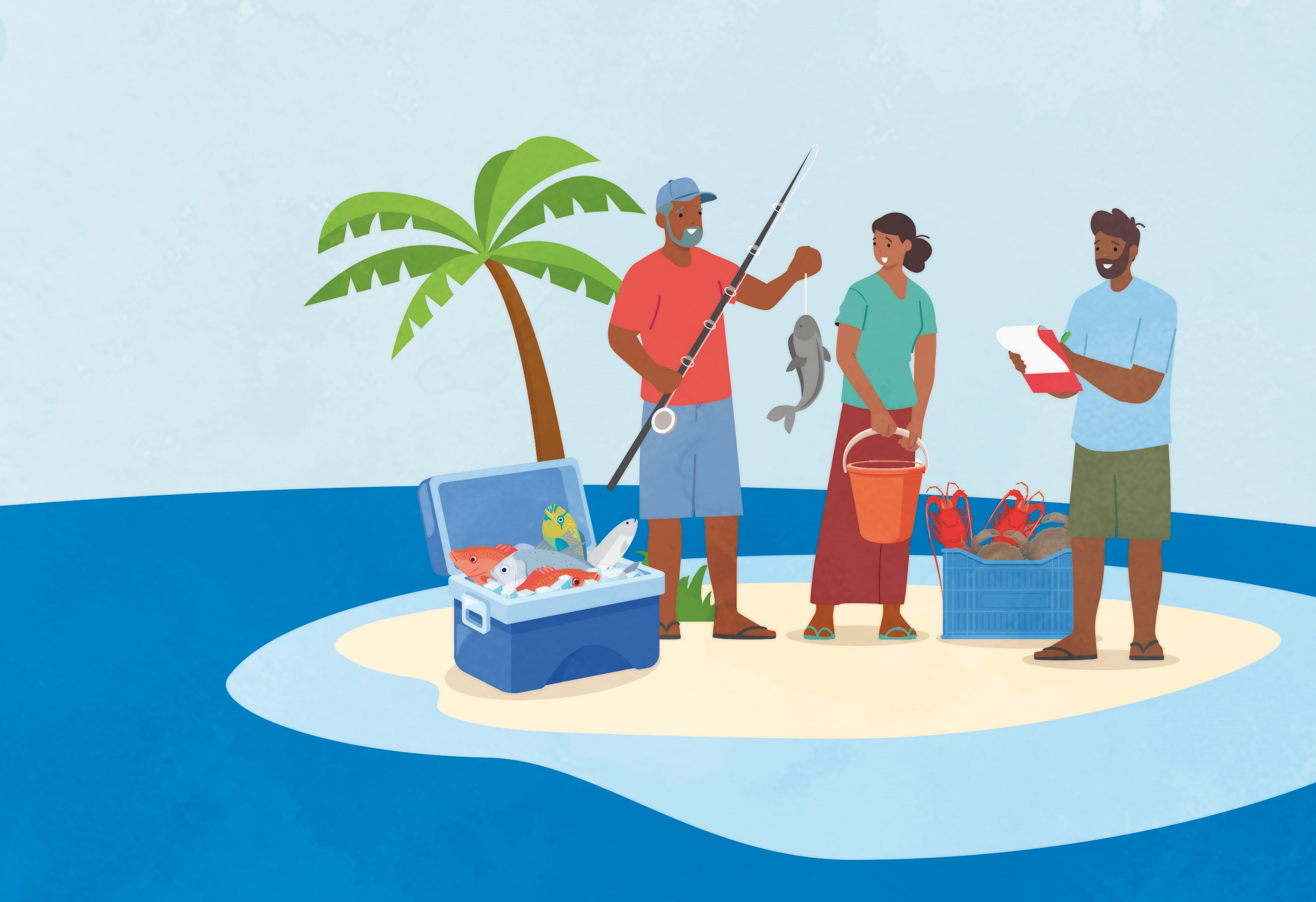What are limits on the amount of fishing and harvesting?
Limits on the amount of fishing and harvesting are often called bag limits or quotas. These are usually daily restrictions on the number or weight of specific marine resources that fishers are allowed to catch. In some fisheries in Pacific Island countries and territories where large quantities of fish are caught for sale, fishing and harvesting is controlled by the issuance of commercial fishing licenses.
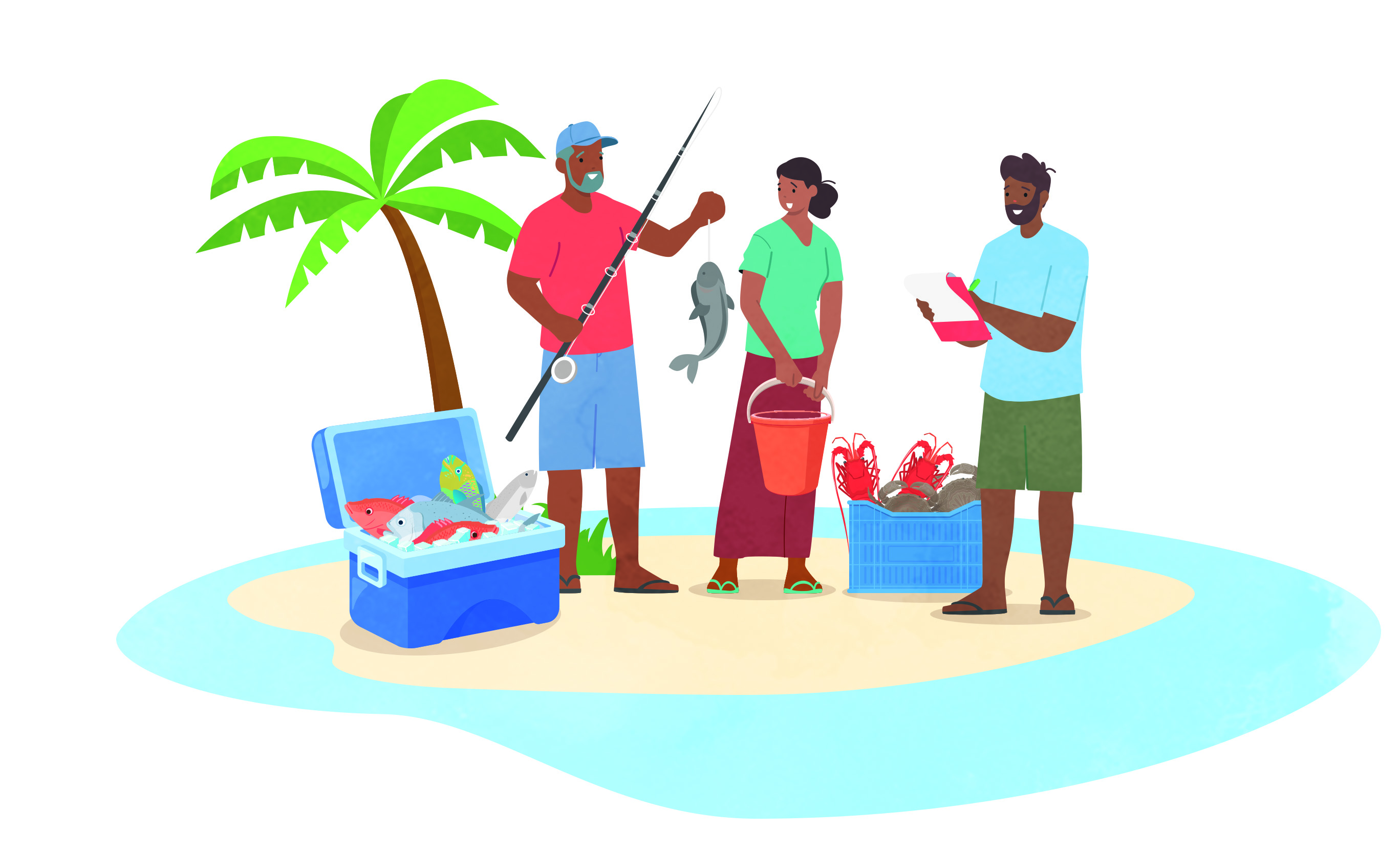
What is the purpose of limits on fishing and harvesting?
Human populations are increasing, while fish populations are decreasing. Limiting the number of marine resources caught by fishers allows the limited stock to be shared by more people. It is also important that enough marine resources remain in the water to reproduce and replace the numbers caught each year.
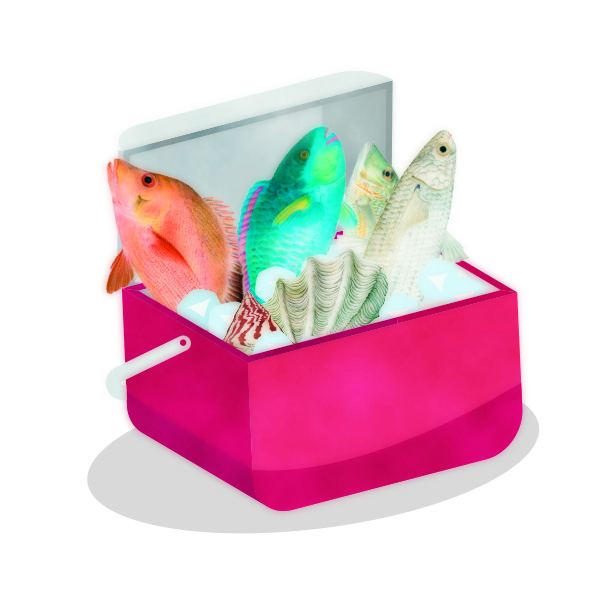
When and where should we use limits on the amount of fishing and harvesting?
Community-imposed limits can include banning commercial fishing and harvesting in inshore areas and limiting the number of marine resources caught by communities.
How can we implement limits on the amount of fishing and harvesting?
The first task of communities is to convince their members, with the support of community leaders, that limits on the amount of marine resources caught or harvested are necessary and that it is in the interest of everyone to support community-imposed regulations. The community should appoint people to raise local awareness on the need for limits and to monitor catches made by community members. Where people are entirely reliant on fisheries resources for food and income, catches of only particularly vulnerable species could be controlled.
There should exist community-based fisheries management committees responsible for building awareness, implementation and monitoring. Limiting catches or putting quotas on catches of certain species requires wide-ranging consultations with all community members. Limiting catches can be particularly difficult if there are external fishers and licensed commercial fishers in an area.
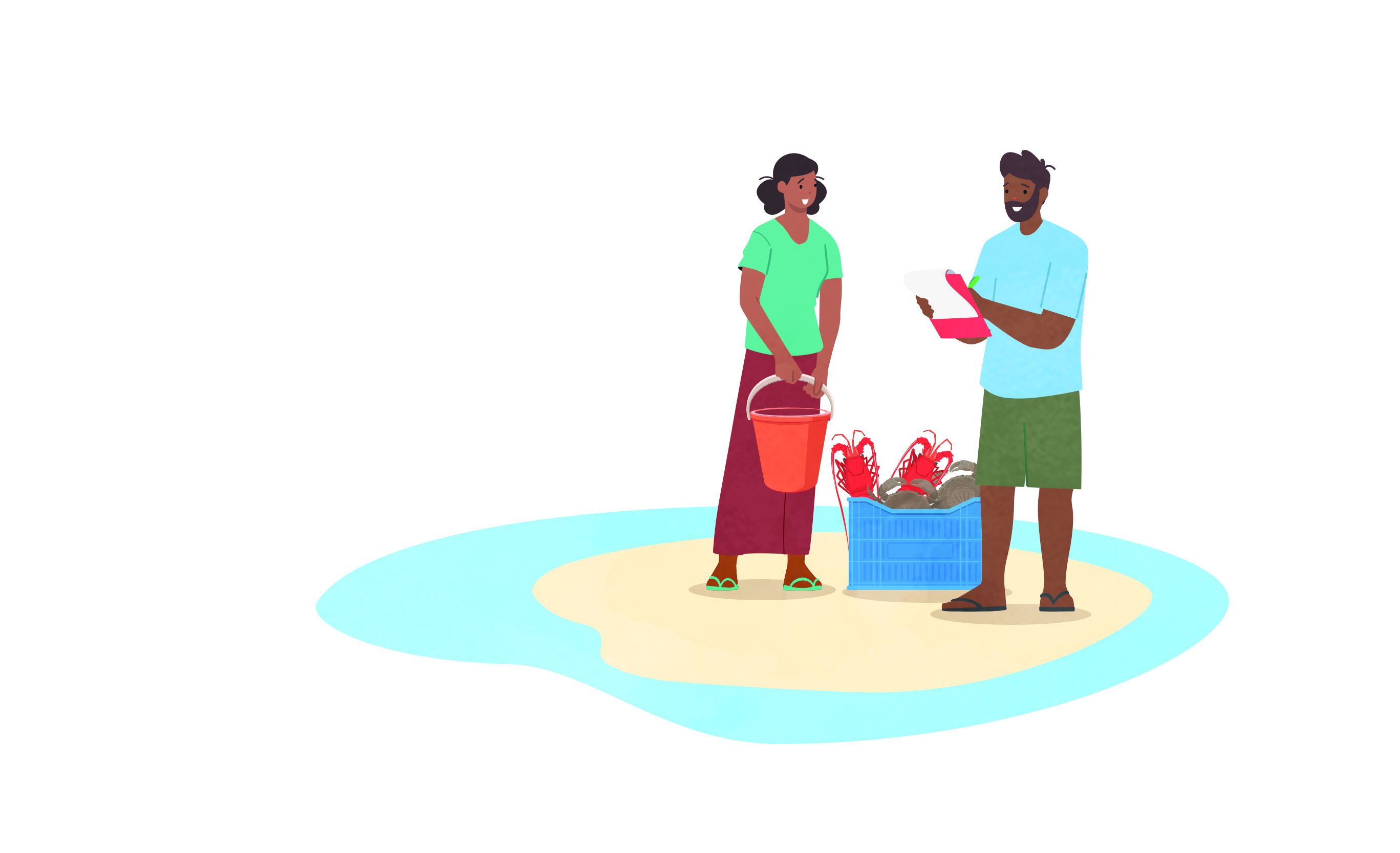
What are the benefits, problems and limitations of limiting the amount of fishing and harvesting?
Limiting the amount of fishing and harvesting by communities benefits all members in sharing limited marine resources. However, this may be resented by communities and many fishers may have the habit of selling excess catches for additional revenue. Community leaders will have the difficult task of convincing people that limitations are necessary for the good of all community members.
How do we know if fishers are complying with limits on the amounts of fishing and harvesting?
Community leaders can assign people to conduct surveys at landing sites to determine if community-based restrictions are being observed. Fisheries departments or agencies may need to train local people in taking creel surveys and recording landings as men and women return from fishing.
What other management actions can complement limits on the amount of fishing?
Restricting the use of highly effective fishing gear will also assist in making marine resources available to the community in the long term and for future generations.
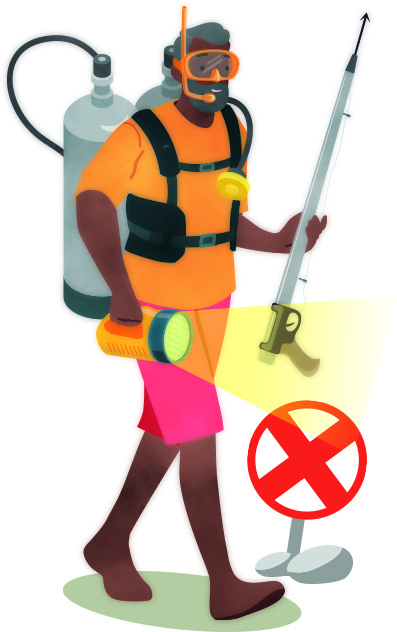
banning harmful fishing methods
Fish aggregating devices (FADs)
Many species of fish that inhabit the open sea are attracted to floating objects. This behaviour has been used in the deployment of fish FADs, floating rafts anchored offshore to attract pelagic fish. A range of materials, including bamboo, have been used in the construction of rafts. Other aggregating materials such as old fish nets, palm fronds and old biodegradable ropes are suspended beneath the rafts to increase the raft’s effectiveness as a habitat for fish.
Some communities have reduced the amount of fishing on over-exploited inshore reef species by deploying FADs offshore. This allows fishers to catch pelagic species such as tuna, wahoo, rainbow runner and mackerel. Moving fishing efforts from coastal habitats to offshore fishing may reduce pressure on inshore species, including reef fish, crustaceans, molluscs and sea cucumber and potentially allow their numbers to increase.
However, mooring FADs in depths of over 1000 m is difficult. The cost of building and setting FADs is high and, because of storms, wear and vandalism, their average lifespan is often less than 12 months. This usually means that aid or financial support from governments is required to build and install FADs.
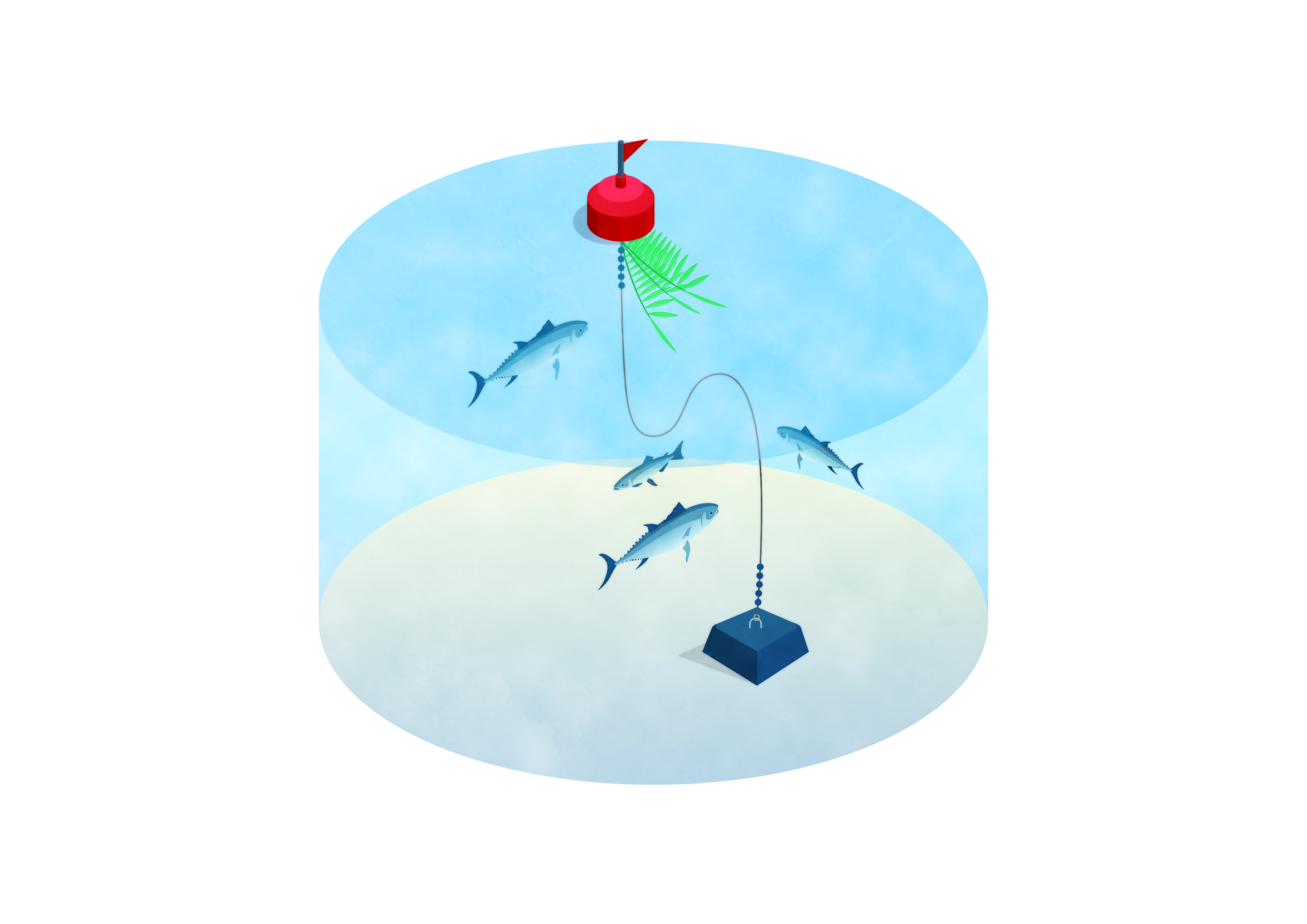
Fish aggregating device (FAD)

